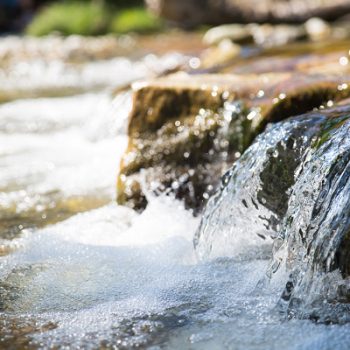Bio-Trap® samplers are passive sampling tools that collect microbes over time for better understanding biodegradation potential. When suspended in a monitoring well, the unique sampling matrix (Bio-Sep® beads) provides an incredible amount of surface area for microbial growth and air flow. After the in-well deployment period, Bio-Traps® can be analyzed using a variety of molecular biological tools including CENSUS® qPCR, QuantArray®, and Next Generation Sequencing.
Please note that Bio-trap samplers are not sold without analysis.











